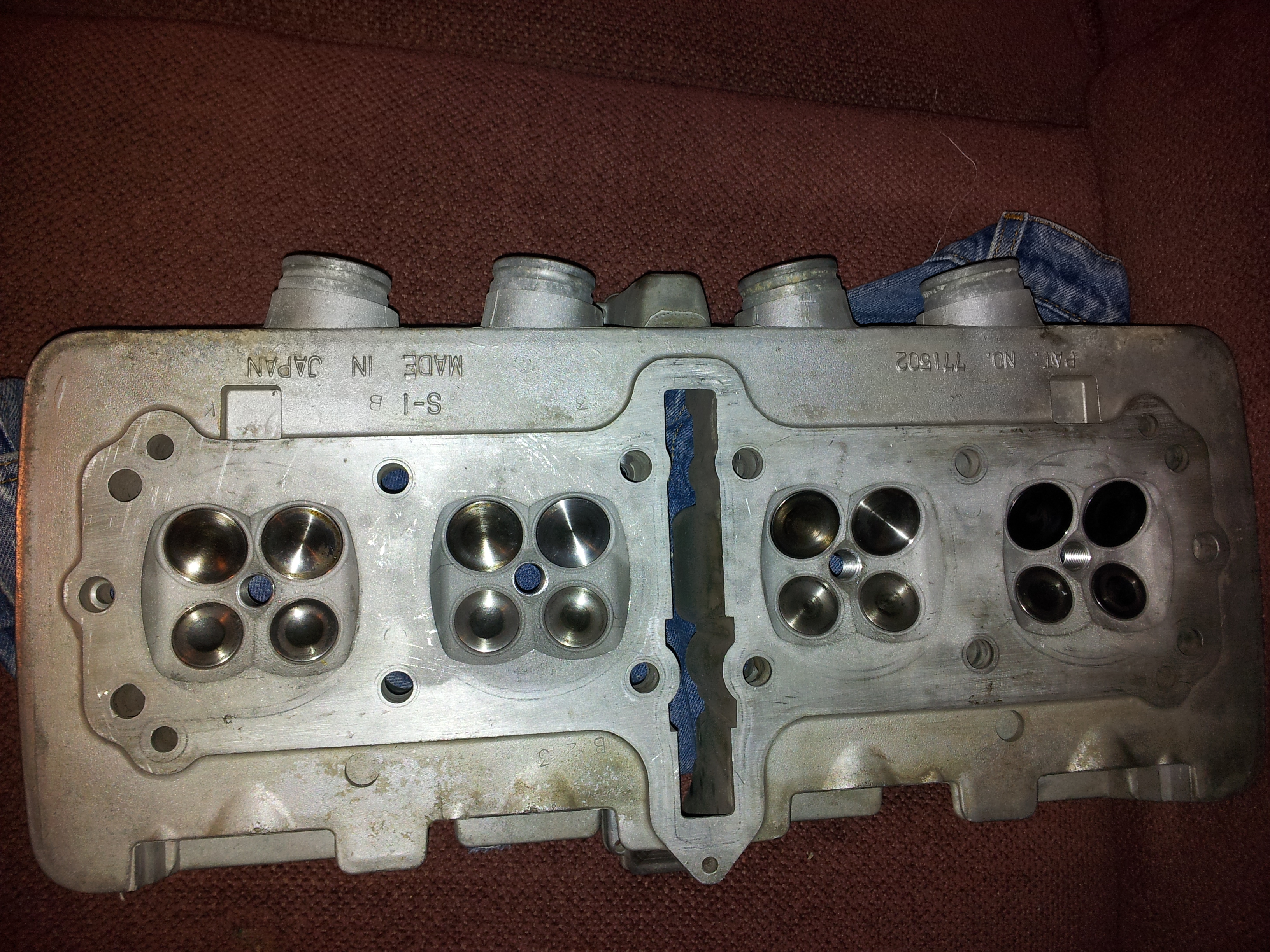|
Cross-flow Fan
Crossflow may refer to: * Ford Crossflow, the 1967 version of the Ford Kent engine * Crossflow cylinder head * Cross-flow fan, a type of mechanical fan * Cross-flow filtration, a filtration technique * Cross-flow turbine A cross-flow turbine, Bánki-Michell turbine, or Ossberger turbine''E.F. Lindsley,'' Water power for your homePopular Science, May 1977, Vol. 210, No. 5 87-93. is a water turbine developed by the Australian Anthony Michell, the Hungarian Doná ..., a type of water (or air) turbine {{disambig ... [...More Info...] [...Related Items...] OR: [Wikipedia] [Google] [Baidu] |
Ford Kent Engine
The Ford Kent is an internal combustion engine from Ford of Europe. Originally developed in 1959 for the Ford Anglia, it is an in-line four-cylinder pushrod engine with a cast-iron cylinder head and block. The Kent family can be divided into three basic sub-families; the original pre-Crossflow Kent, the Crossflow (the most prolific of all versions of the Kent), and the transverse mounted Valencia variants. The arrival of the Duratec-E engine in the fifth generation Fiesta range in 2002 signalled the end of the engine's use in production vehicles after a 44-year career, although the Valencia derivative remained in limited production in Brazil, as an industrial use engine by Ford's Power Products division, where it is known as the VSG-411 and VSG-413. Since 2010, it has been actively produced in the United States factories for Formula Ford globally because of its popularity in motorsport. The name This series of engines became known as the Kent engine because Alan Worters, t ... [...More Info...] [...Related Items...] OR: [Wikipedia] [Google] [Baidu] |
Crossflow Cylinder Head
A crossflow cylinder head is a cylinder head that features the intake and exhaust ports on opposite sides. The gases can be thought to flow across the head. This is in contrast to reverse-flow cylinder head designs that have the ports on the same side. Crossflow heads use overhead valves, but these can be actuated either by overhead camshafts, or by a valve-train, which has the camshafts in the cylinder block, and actuates the valves with push rods and rockers. File:Culasse.gif , Crossflow cylinder head, with twin overhead cams File:Overhead camshaft with rockers (Autocar Handbook, 13th ed, 1935).jpg, Cutaway view of the overhead camshaft, rockers and valves of a crossflow cylinder head File:4-Stroke-Engine.gif, Cross-section of a four-stroke engine showing the flow of gases across the cylinder head from the inlet port on the right to the exhaust port on the left, via the combustion chamber Advantages A crossflow head gives better performance than a Reverse-flow cylinder hea ... [...More Info...] [...Related Items...] OR: [Wikipedia] [Google] [Baidu] |
Cross-flow Fan
Crossflow may refer to: * Ford Crossflow, the 1967 version of the Ford Kent engine * Crossflow cylinder head * Cross-flow fan, a type of mechanical fan * Cross-flow filtration, a filtration technique * Cross-flow turbine A cross-flow turbine, Bánki-Michell turbine, or Ossberger turbine''E.F. Lindsley,'' Water power for your homePopular Science, May 1977, Vol. 210, No. 5 87-93. is a water turbine developed by the Australian Anthony Michell, the Hungarian Doná ..., a type of water (or air) turbine {{disambig ... [...More Info...] [...Related Items...] OR: [Wikipedia] [Google] [Baidu] |
Cross-flow Filtration
In chemical engineering, biochemical engineering and protein purification, crossflow filtration (also known as tangential flow filtration) is a type of filtration (a particular unit operation). Crossflow filtration is different from dead-end filtration in which the feed is passed through a membrane or bed, the solids being trapped in the filter and the filtrate being released at the other end. Cross-flow filtration gets its name because the majority of the feed flow travels tangentially ''across'' the surface of the filter, rather than into the filter. The principal advantage of this is that the filter cake (which can blind the filter) is substantially washed away during the filtration process, increasing the length of time that a filter unit can be operational. It can be a continuous process, unlike batch-wise dead-end filtration. This type of filtration is typically selected for feeds containing a high proportion of small particle size solids (where the permeate is of most val ... [...More Info...] [...Related Items...] OR: [Wikipedia] [Google] [Baidu] |

